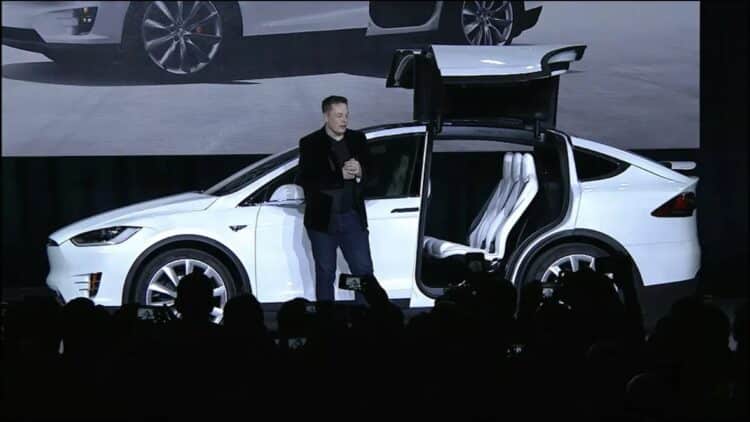Tesla has long been a leader in futuristic thinking and technological output. One of the first major companies to successfully launch and popularize electric vehicles, the company has expanded its sights and is looking at the possibilities of autonomous driving. However, according to recent news publications, the company has continued to face backlash for its autonomous technology, with multiple crashes causing the National Highway Traffic Safety Administration (NHTSA) to step in and possibly put a halt to the technology.
Autonomous driving: The future of vehicles?
Autonomous driving has long been the vision for Tesla and other automobile innovators. While not quite yet at a point of full self-driving vehicles, Tesla has offered impressive technological features for drivers who want to experience autonomous driving to the extent it is currently at. Currently, Tesla offers two autonomous driving features: Autopilot and Full Self-Driving (Supervised).
Autopilot is more limited than Full Self-Driving (Supervised) and only offers the following features:
- Traffic-Aware Cruise Control: This feature adjusts the speed of your vehicle to that of the surrounding traffic and cars
- Autosteer: This feature assists the driver in steering within the boundaries of a clearly marked lane and uses traffic-aware cruise control
Full Self-Driving (Supervised), on the other hand, has many more features. Full Self-Driving (Supervised) offers the following features:
- Navigate on Autopilot
- Auto Lane Change
- Autopark
- Dumb Summon
- Actually Smart Summon
- Autosteer on City Streets
- Traffic Light and Stop Sign Control
New decision from Musk creates friction with the NHTSA
According to The Verge, tension has escalated between Tesla CEO Elon Musk and the NHTSA. Recently, Musk has been heading the new Department of Government Efficiency (DOGE), an external body brought on by the Trump Administration to reduce unnecessary government spending. He has recently fired 30 members of the NHTSA in February of this year. Reportedly, most of these individuals were part of the department of the NHTSA that assesses the risks of self-driving cars.
Tesla is currently facing multiple investigations by the NHTSA for road accidents and fatalities where the self-driving technology was in use at the time of the crash. Further, while the NHTSA has recently announced new regulations that would benefit self-driving technologies, it comes at the expense of companies needing to then share increased data with the NHTSA.
“There is a clear conflict of interest in allowing someone with a business interest influence over appointments and policy at the agency regulating them,: describes a former NHTSA employee, reported in the Daily Galaxy.
Increased competition from BYD
To complicate matters further, Tesla will now have to compete with the likes of Chinese electric vehicle company BYD, who is not only also offering comparable electric vehicles to Tesla, but also their own self-driving technology. Unlike Tesla’s technology which comes at an additional cost, all future BYD vehicle will have the technology fitted.
According to BYD, the plan is to implement the technology into a tiered system. The company’s more sophisticated and technologically advanced autonomous driving system will be installed in their more expesnive and high-end cars. The technology, dubbed “God’s Eye” is powered by three LiDAR sensors in the more advanced technological features.
In contrast to the more advanced levels, which can navigate on autopilot (NOA) on both motorways and inner-city streets, the lowest tier, dubbed the DiPilot 100, will only be able to NOA on motorways and will rely on a camera and radar system. Despite these differences, BYD has stated that city navigation will eventually be included in the characteristics of the lowest tier. This competition, as well as tensions with the NHTSA, could complicate vehicle sales for Tesla, which is already seeing its lowest profits in years.


